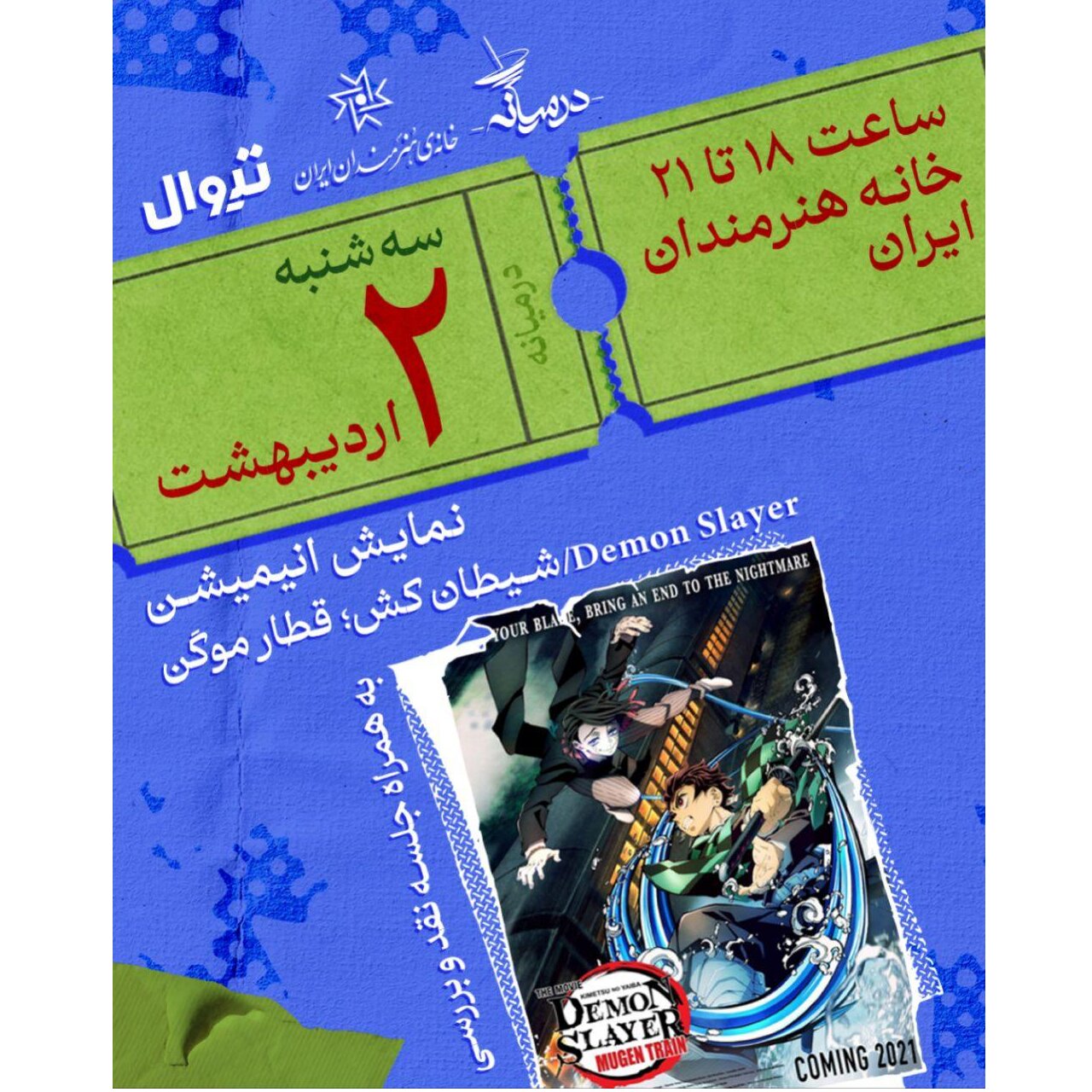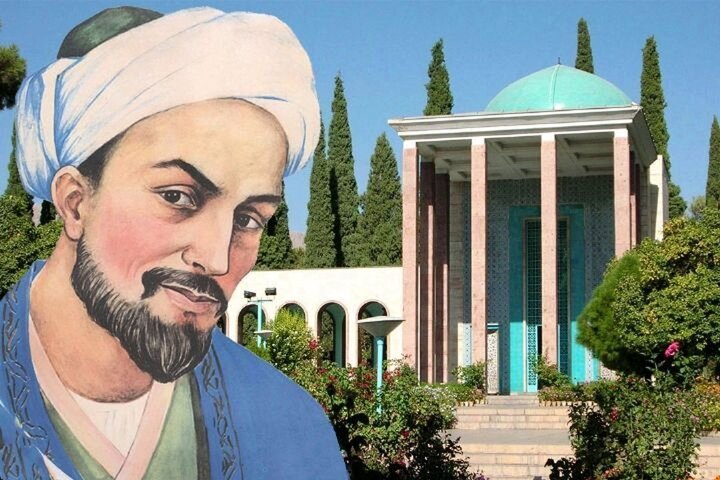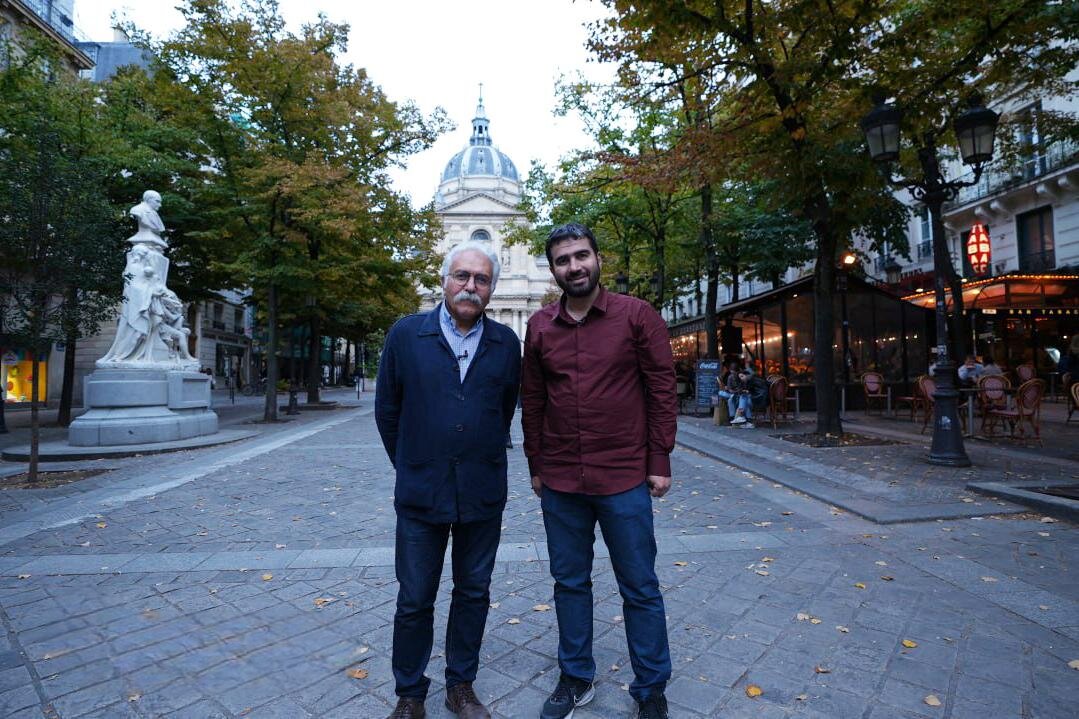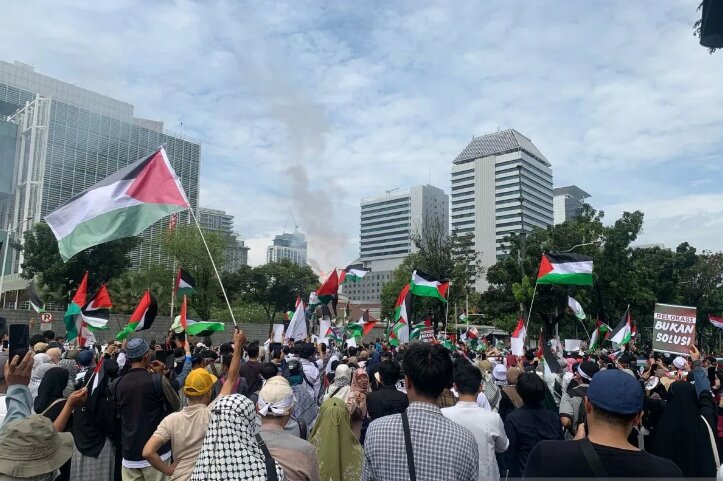
TEHRAN - Zavin city, located in Kalat county, Khorasan Razavi province, is known as one of the silk-weaving centers of Iran.
Zavin, which was registered as a national city of silk-weaving in 2023, boasts a rich history and diverse culture.In fact, silk-weaving art in Zavin as a cultural heritage is a sign of the art and creativity of local people.
In addition, it shows the rich history and culture of clans residing in this region, ISNA wrote.Silk-weaving, which dates back to the past centuries, has turned into an important industry within years.
As a source of income for households, silk-weaving art plays an important role in local culture and customs.A handicrafts expert said due to pleasant weather and geographical conditions, Zavin is an appropriate place for breeding silkworm and producing natural silk.
This industry was gradually considered one of the economic and cultural pillars of the region, and many households were involved in it.Marjan Khodsetan added that silk-weaving is considered an art and industry in Zavin, helping local culture and identity.Kalat city, and especially Zavin, is home to various ethnic groups, each known for its own customs and traditions.
This ethnic and cultural diversity is one of the unique features of this region.
Each ethnic group has its own special clothing and attire that is applied in local ceremonies and celebrations.Stating that local attire is known as a tourist attraction in Kalat and helps introduce the rich culture of this region, the handicraft expert said: In Zavin, various ethnic groups, including Turkmens, Kurds and other ethnic groups, live, each of whom has added to the cultural diversity of this region with their own language, customs and traditions.
She pointed out: This cultural diversity is reflected not only in language and customs but also in arts and crafts.
In addition, silk weaving in Zavin is known as a common cultural element among these ethnic groups and helps strengthen social and cultural connections between them.Local clothing and tourist attractionsNoting that the local clothing of Kalat is very visible, especially in special ceremonies such as weddings, Khodsetan stated: The clothes produced in this region are not only beautiful and unique, but also show the cultural identity of each ethnic group.
These clothes are made from natural fibers and have diverse designs and colors, and are used specially in ceremonies and celebrations.She said Zavin local clothes have unique designs, adding: These clothes attract the attention of every viewer due to the use of diverse colors and traditional patterns.Khodsetan stated that these clothes usually include long skirts, beautiful blouses, and various accessories that further enhance their beauty, adding: In wedding ceremonies, these clothes are used as a sign of the cultural and social identity of the bride and groom and are considered a symbol of happiness and vitality in celebrations.She continued that although most of the clothes produced in Zavin are used within the city, some manufacturers update their products to participate in international exhibitions and offer them to global markets.
This measure not only helps increase family income, but also introduces the culture and art of Zavin to the world, she added.Local clothing workshopsThere are between 300 and 350 local clothing workshops operating in Zavin.
These workshops produce a variety of local and silk clothes, and their products are noticed for their beauty and high quality.
In addition, the products of these workshops are such that each has unique features and designs that reflect the art and taste of local artists.She said each silk weaving workshop in Zavin is usually run by families, which helps preserve family traditions and pass on skills to new generations, adding: Women play an important role in these workshops and are recognized as the main artists and producers of silk weaving.She continued that local women produce silk fabrics decorated with beautiful designs and are applied in various ceremonies.Khodsetan said that silk-weaving industry creates a change for women and men to work together and share their cultural experiences.Since production of local and silk dresses is a family business, it promotes social and cultural ties among family and community members.Training and knowledge transferOne of challenges facing silk-weaving industry is to transfer knowledge and skill to younger generations.
Although many elder women are familiar with this art, youth are less interested in these fields.
Therefore, holding training workshops and training courses for youth can help preserve and promote this ancient art.Some local dress weavers believe that these workshops can encourage the youth to learn these skills and transfer them to the future generations.Khodsetan noted that holding training courses can include training practical skills of silk weaving, designing local dresses and familiarizing with new production techniques.She said it can be expected that silk weaving in Zavin is considered as a tourism attraction more than before.
It can help attract domestic and foreign tourists and create more job opportunities for locals, she added.KD.
This article first appeared/also appeared in Tehran Times

 15
15















